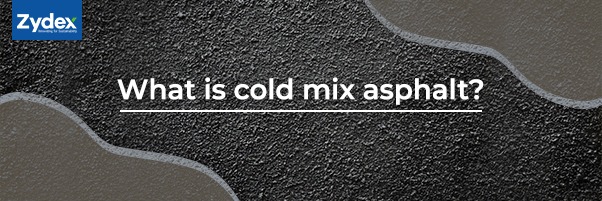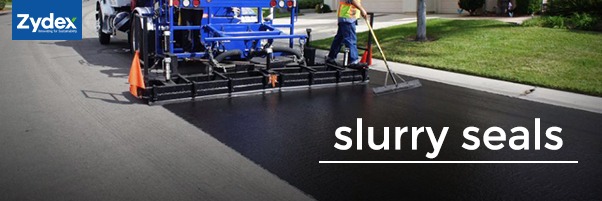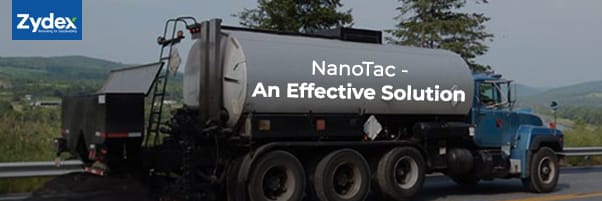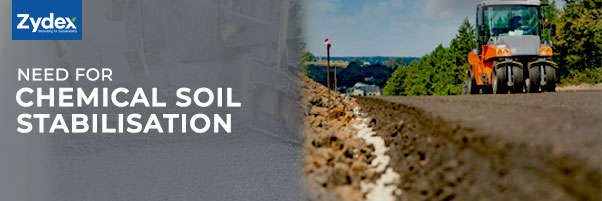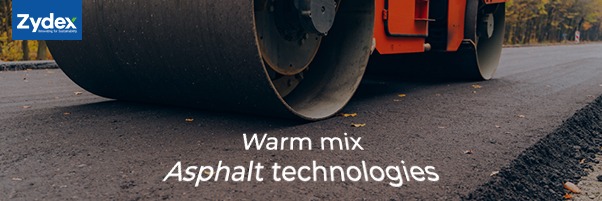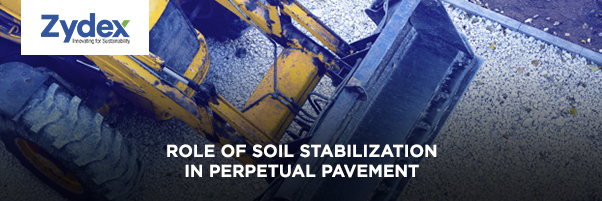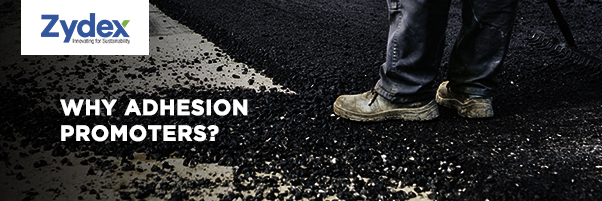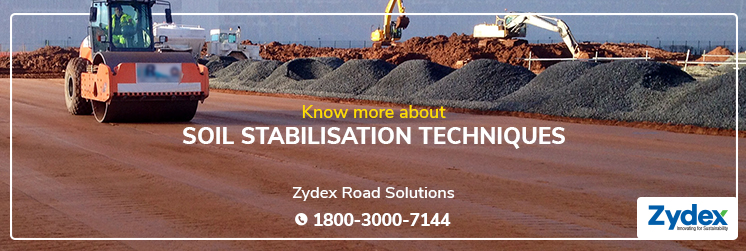Cold mix asphalt is, just like hot mix asphalt, a combination of aggregates and cutback or bitumen emulsion, commonly used on low traffic roads or rural roads. Cold mix asphalt is produced by emulsifying the asphalt with water and an emulsifier agent, before mixing it with aggregates, to make the asphalt less viscous so that the mix is easier to work with. The mix could be the one comprising of bitumen emulsion, and virgin aggregates or reclaimed asphalt pavements/milled pavements, though the latter would be cost effective. They are used for repairing potholes as well as worn out flexible pavements. Cold mix asphalt also works along flexible pavements and can be produced, either on-site or at mixing plants.
Features &Benefits of Cold Mix Asphalt:
There are a wide range of benefits which makes cold mix asphalt a preferred option. These include the following:
1. Economical:
a. Cold mix asphalt is economical as compared to hot/warm mix asphalt, as this method eliminates the need to heat the aggregates.
b. Using cold mix is cost effective as compared to hot/warm mix asphalt, due to the fact that the mix can be applied directly from the container.
2. Easy to use:
a. No special high tech machinery required as the standard paving equipment can be used for paving.
b. Design of the mix can be altered and determined depending on the type of the aggregate type, climatic condition of the geography of the location it is to be applied,
c. The mix can be used even when the ambient temperature drops, thus reducing the requirement of maintaining the temperature of the asphalt. So it can be used in all weather conditions.
3. Environmental Friendly:
a. As it doesn’t need to be heated like the hot/warm mix asphalt, it eliminates the emissions.
b. This also reduces the carbon footprint left behind after the process.
Benefits of Zydex Technology for Cold Mix
High-performance cold mix asphalt is the need of the industry. Zydex organosilane technology formulated with cationic bitumen emulsion shows improved uniform coverage, reduced clogging of nozzles, improved spray rate and faster setting.
We offer bitumen emulsion additives for Cold mix asphaltto our clients for improved coating efficiency, preventing stripping of the mixes, higher oxidation resistance andbetter fatigue resistance. We specialise in offering eco-friendly technologies that facilitatesustainable road construction, with improved performance.


